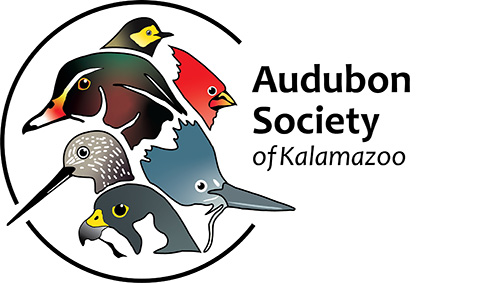By Ilse Gebhard
It’s been 22 years since the start of the Kal-Haven Trail walks in 1996, two decades plus. It started out every week for 10 months, taking off July and August. Over the years, for various reasons, the number of months became fewer. First we eliminated December through February and 8 years ago we finally settled on only 4 months – April, May, September, October – the months of peak bird migration. In addition these months also provide excellent views of spring flora and fall color, fewer bugs, and generally pleasant temperatures.
I wrote an article about the first 10 years of Kal-Haven Trail walks for the March 2006 newsletter. Now that Joyce Leppard and Jan Shillito have taken over the organizational aspects of the walks, I thought I’d write another summary. Thank you Joyce and Jan for enabling the continuation of the walks. In the future my involvement will mostly be to update the database of birds seen or heard on the walks. This information is shared with the research department of the Kalamazoo Nature Center and is one of the sources they have used to create and update the “Checklist and Seasonal Distribution of the Birds of Kalamazoo County” that you can purchase at our meetings. I want to thank Becky Csia for always having one of these in her pack for consultation. For example, in late May it more likely is a Chipping Sparrow than an American Tree Sparrow when you don’t get the best of looks at its breast.
Now to some statistics, some of which you can see on the 22-year summary but others are only found on the yearly spreadsheets. Hard copies of these spreadsheets will be part of our archives at the WMU Archives Regional History Collections. The purpose of the walks has not been to count every bird seen or heard like one would on the Christmas Bird and North American Migration Counts but to get people out in the field to enjoy birds. Keeping track of just the species, with everyone encouraged to contribute to the list kept by a scribe, does however have some value. While the individual yearly spreadsheets are more useful in detecting trends, even this 22-year summary shows the decline of Ruffed Grouse, recorded the first 9 years but not since.
The number of species recorded per year varied from a low of 90 to a high of 111, with an average of 101 over the 22 years. Some species were recorded only once or rarely and others year after year. As expected, all the high counts were in May, with one very memorable day of 71 species. Given the somewhat limited diversity of habitat, this was a very good count I did not keep track of the number of participants for the first 6 years but since 2002 we have had a minimum of 1 and a maximum of 20, with the average of 7. The rise in average number of participants in the last few years is not a true rise but is due to only holding the walks during peak migration months when attendance has always been higher than during the other months that brought the averages down.
